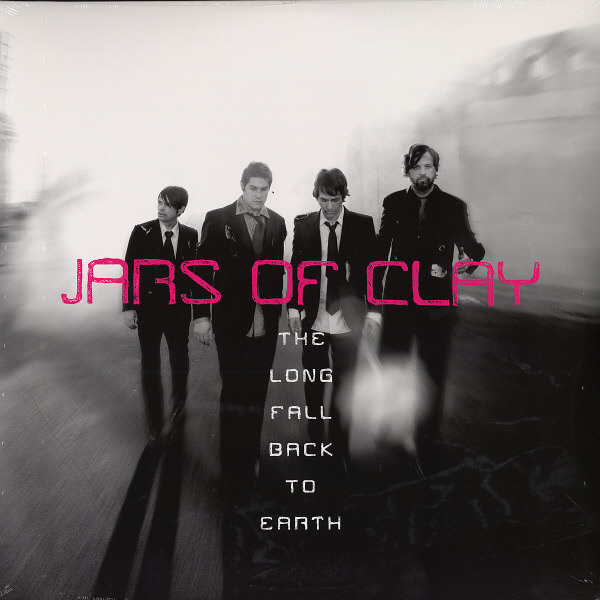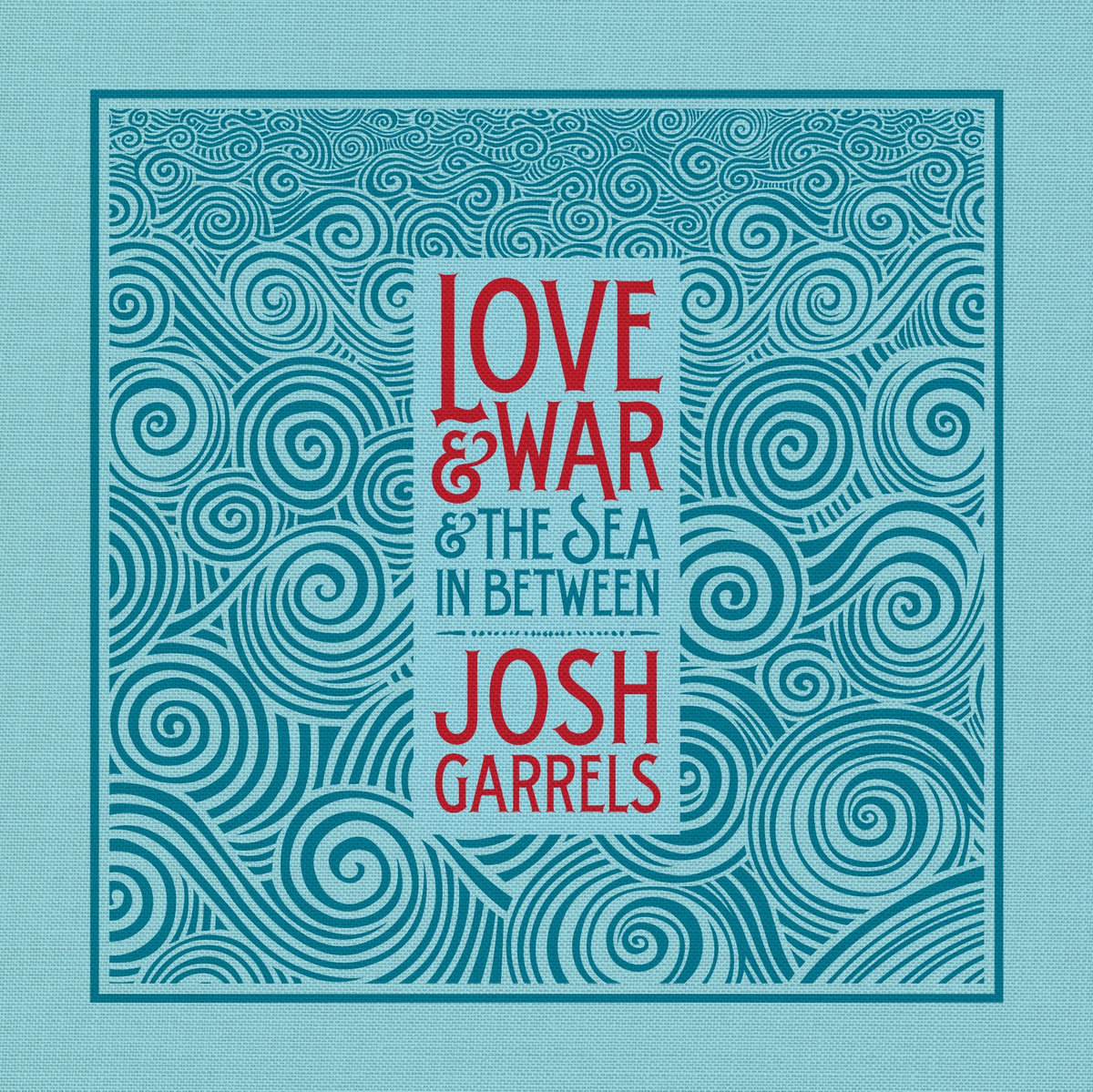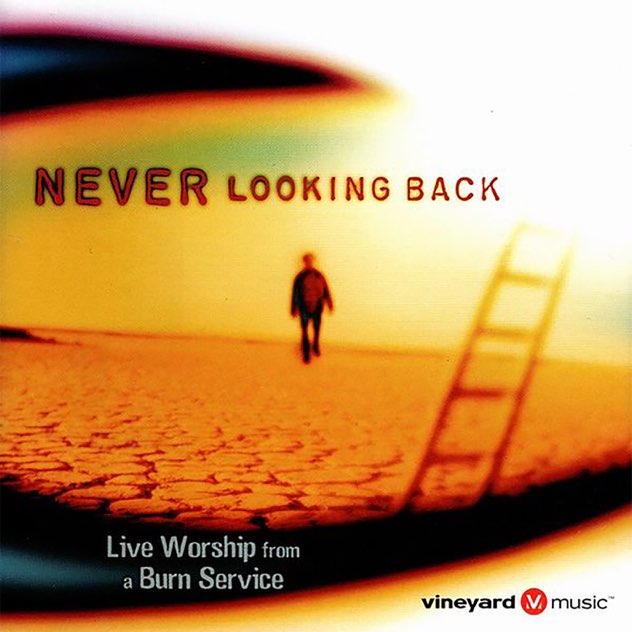Blog
Album Of The Day: The Long Fall Back To Earth by Jars Of Clay

Jars of Clay is one of my favorite bands of all time, and this album is in my top 3 albums of theirs. The band moves away from Americana and does a more electronic pop/rock sound for The Long Fall Back To Earth, their ninth studio album. "Heaven", "Closer" and "Hero" are energetic, upbeat songs. "Two Hands", "Safe To Land", and "Headphones" are a bit more chill and introspective. And "Scenic Route" and "Heart" extend the chill pop to nearly 6 minutes each. It's a beautiful hour of music ruminating on human nature and relationships from a great band and is a great listen as an album. (On streaming, it's a "Deluxe Version" that has many bonus tracks, but the original album is the first 14 tracks.)
Release Year: 2009
Listen on Apple Music
Listen on Spotify
Album Of The Day: Love & War & The Sea In Between by Josh Garrels

This may be one of the best albums of the last 15 years, in my opinion. Josh Garrels is an independent singer-songwriter, and on this album he creates a musical experience that keeps the listener engaged. Brooklyn music collective Mason Jar Music delivers lush, hauntingly beautiful instrumentals and backing vocals throughout, with strings, horns, and other instruments as well as guitars and drums. When I first listened to this, I thought I had it pegged as a mostly acoustic folk/rock album after a few songs. But then when "Farther Along" had spoken-word verses, the next track was just an instrumental interlude, and then "The Resistance" had full-on rap, I realized that this artist was going to keep me on my toes. It's over an hour of top-notch songs that flow seamlessly into each other and it's still my favorite album by Josh Garrels.
Release Year: 2011
Listen on Apple Music
Listen on Spotify
Album Of The Day: Real Emotion by Paper Route

Paper Route is an independent rock/pop band. They've got great drums, great guitars and great synths to go with the soaring pop/rock anthems. This is their third album, and it's an album about a relationship falling apart, though from the energy the band brings to the album, you might not pick up on that in the lyrics on the first listen. (I definitely didn't.) It's an emotional, musical journey nearly an hour long that I found to be a great listen. And I never saw them play these songs on tour, but I do remember seeing them live once before this album and they put on a good show. Although the band has gone on "indefinite hiatus", the members still are working in the Nashville music scene in various roles: songwriting, producing, art/design, etc.
Release Year: 2016
Listen on Apple Music
Listen on Spotify
Album Of The Day: I'm Only A Man by Emery

Emery is a band that's hard to explain for me. They have a wide variety of sounds. There's definitely some screaming and lots of guitars, but it's also "emo" in parts and I think the sung vocals kinda remind me of a musical in the way they're sung for some reason. I'm Only A Man is their third album and it talks about the humanity of us and the struggles with relationships and ego. Honestly, the first time or two I listen to an Emery album, I usually am not sure I like it, but on subsequent listens I find more depth musically and lyrically, plus the unexpected turns it takes don't throw me off so much. This album is maybe not for everyone, but it's a musical roller coaster of rock, metal, emo, electronic pop, and many other things.
Release Year: 2007
Listen on Apple Music
Listen on Spotify
Album Of The Day: Never Looking Back by The Burn Service

The Burn Service is Jessie Lane, Ryan Delmore, Darren Clarke and their band, who recorded this album live at a Vineyard Church in California. They mix some new songs they wrote with older Vineyard worship songs like "Holy Is The Lord" and even end the recording with '80s praise song "Hosanna". And they do their modern church worship music in a classic rock style, with electric guitars, great drums and bass, and vocals with a bit of a ragged edge to them. It's the imperfection of this recording that helps capture real, heartfelt emotion and love as the band and the congregation sing to God.
Release Year: 2001
Listen on Apple Music
Listen on Spotify
Album Of The Day: Flesh by Andrew Osenga

For the last 3 days, the Album of the Day has not been an album, but a shorter EP. Let's keep that going one more day. In the mid-2010s, Andrew Osenga, an artist who has worn many hats over the last 25+ years in the music industry, released four independent EPs, each a different style of music. Flesh is 6 tracks of electric guitar-driven rock written and performed by Andrew with some friends. The other EPs, Heart, Soul, and Bone are more pop, blues and instrumental, respectively. I like them all, but I was looking for some rock today and this EP keeps the energy high.
Release Year: 2015
Listen on Apple Music
Listen on Spotify
Album Of The Day: Every Christmas by Colony House

Released today, this is a new Christmas-themed EP from my favorite band for the last 10+ years, Colony House. Caleb, Will, Parke and Scotty bring back classic pop/rock sounds for this EP; it feels like they were going for a Beach Boys vibe. There's a few Christmas love songs and a few songs about being with family and friends for the Christmas season. This isn't the electric guitar-fueled music like some other Colony House tracks, but it's 3 solid new songs celebrating the Christmas holiday. I love it and I'm sure I'll play it throughout the next month plenty!
Release Year: 2024
Listen on Apple Music
Listen on Spotify
Album Of The Day: Have You Heard by Stu G

In the early-to-mid 1990s, delirious? was a part-time worship band called "The Cutting Edge Band". During that era, guitarist Stuart Garrard (aka Stu G) released his own EP of rock/worship songs titled Have You Heard. The 6-track EP was remastered for it's 20th anniversary and is presented with some remixes and a new live-in-studio recording of some of the original songs, to make it more of a full album. It's a fun look at independent Christian rock from the mid-90s as we near its 30th anniversary. I only started listening to this EP on the 20th anniversary re-release, but I love the songs. It's a snapshot of early solo work from my favorite bands and one of my favorite guitarists.
Release Year: 1995 / 2015
Listen on Apple Music
Listen on Spotify
Album Of The Day: Mood by Social Club Misfits

Social Club Misfits is a Miami-based hip-hop duo consisting of Fern and Marty Mar. These two guys do quality rap, mostly in English but sometimes in Spanish, and this is one of their many EPs. Like many rappers, they poke fun at other rappers and pop culture, establish their bonafides in the rap world, and occasionally get someone to sing with them too. It's a quick 5-song EP, but it's tons of fun and has some rapid-fire raps and solid beats. Enjoy!
Release Year: 2019
Listen on Apple Music
Listen on Spotify
Album Of The Day: TRON: Legacy (Original Motion Picture Soundtrack) by Daft Punk

Released on this day 14 years ago, this was the soundtrack to Disney's sci-fi sequel of the 1982 film TRON. Daft Punk is a secretive electronic/remix/pop duo, so not exactly the group you'd expect for a movie soundtrack, but it works really well here. Orchestral moments are mixed with pounding drums and bass, synths, and other sounds. It sounds as cinematic as many other big-budget films of the last few decades, but it also has a modern, electronic edge. It's not exactly Daft Punk's normal fare, but it turns wherever you are into a drama-filled movie at one moment and a dance club the next moment.
Release Year: 2010
Listen on Apple Music
Listen on Spotify